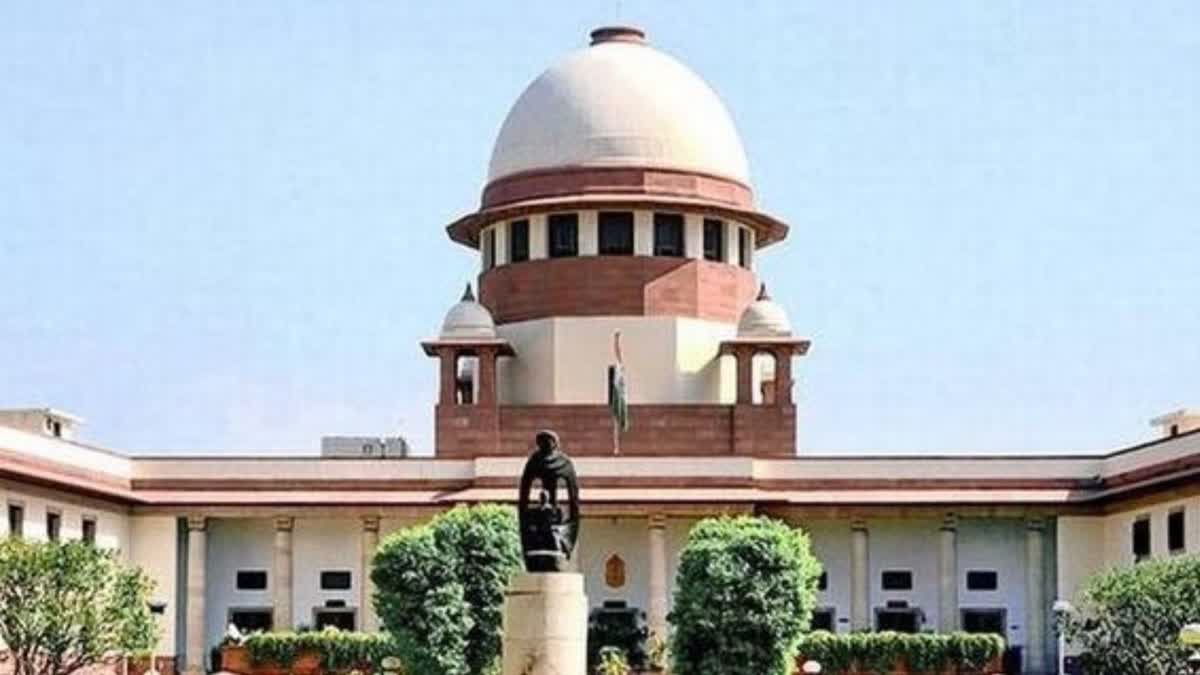New Delhi:The Supreme Court on Wednesday said an attempt must be made to separate truth from falsehood and where such separation is impossible, there cannot be a conviction, while acquitting two persons, who had suffered incarceration for 10 years’, in a murder case.
A bench comprising justices Sanjay Kumar and Aravind Kumar said that the appellants, Saheb and Sitaram Pandurang Gabare, have suffered 10 years’ incarceration and against the backdrop of the lacunae in the prosecution’s case and the shaky evidence adduced in support thereof by the wife of the deceased, “we necessarily have to extend the benefit of doubt to the appellants”.
Both the appellants’ were incarcerated on April 8, 2006, and remained in custody. The apex court on June 30, 2016, had directed their release on bail.
“The appellants are, therefore, acquitted of the offences under Section 148 IPC and Section 302 IPC read with Section 149 IPC. The appeals are accordingly allowed. The bail bonds and sureties furnished by the appellants shall stand discharged”, said the bench.
Justice Kumar, who authored the judgment on behalf of the bench, said though the maxim ‘Falsus in uno, falsus in omnibus’ is only a rule of caution and has not assumed the status of a rule of law in the Indian context, an attempt must be made to separate truth from falsehood and where such separation is impossible, there cannot be a conviction, citing Narain vs. State of M.P (2004), and added, “we find that to be so in the case on hand”.
The incident occurred during evening on April 8, 2006, and the deceased Madhavrao Krishnaji Gabare and his family members: his wife, Janakibai Gabare, their son, Ganesh, and their daughter-in-law, Annapurnabai, and others, were attacked by the accused with axes and sticks at the residence of the deceased in Village Singi.
On Janakibai Gabare’s complaint, an FIR was registered. The deceased was stated to have expired on the spot and nine other persons were said to have been injured during the incident. The cause for the altercation was stated to be political rivalry. The deceased, as per his widow, was the Sarpanch of the village about 15 years prior to the incident and since then, Khemaji and Sambhaji, two of the accused, were on inimical terms with him.
Thereafter, Laxmibai, the wife of the nephew of the deceased, became the sarpanch of the village, leading to further animosity. Significantly, both Khemaji and Sambhaji were the nephews of the deceased being the sons of his brothers, Maroti and Deorao.
